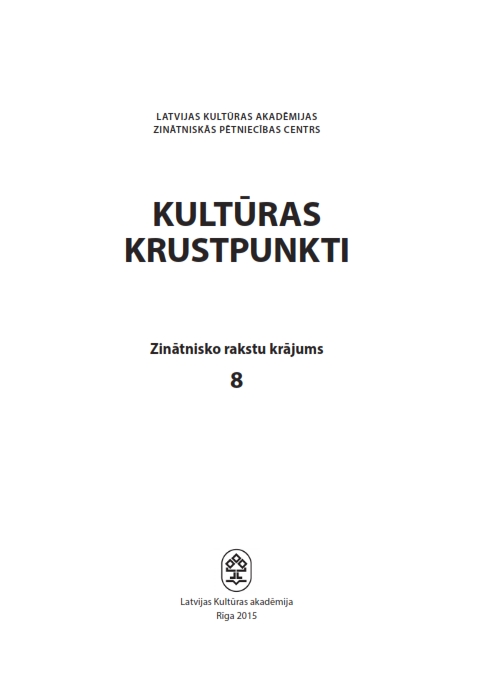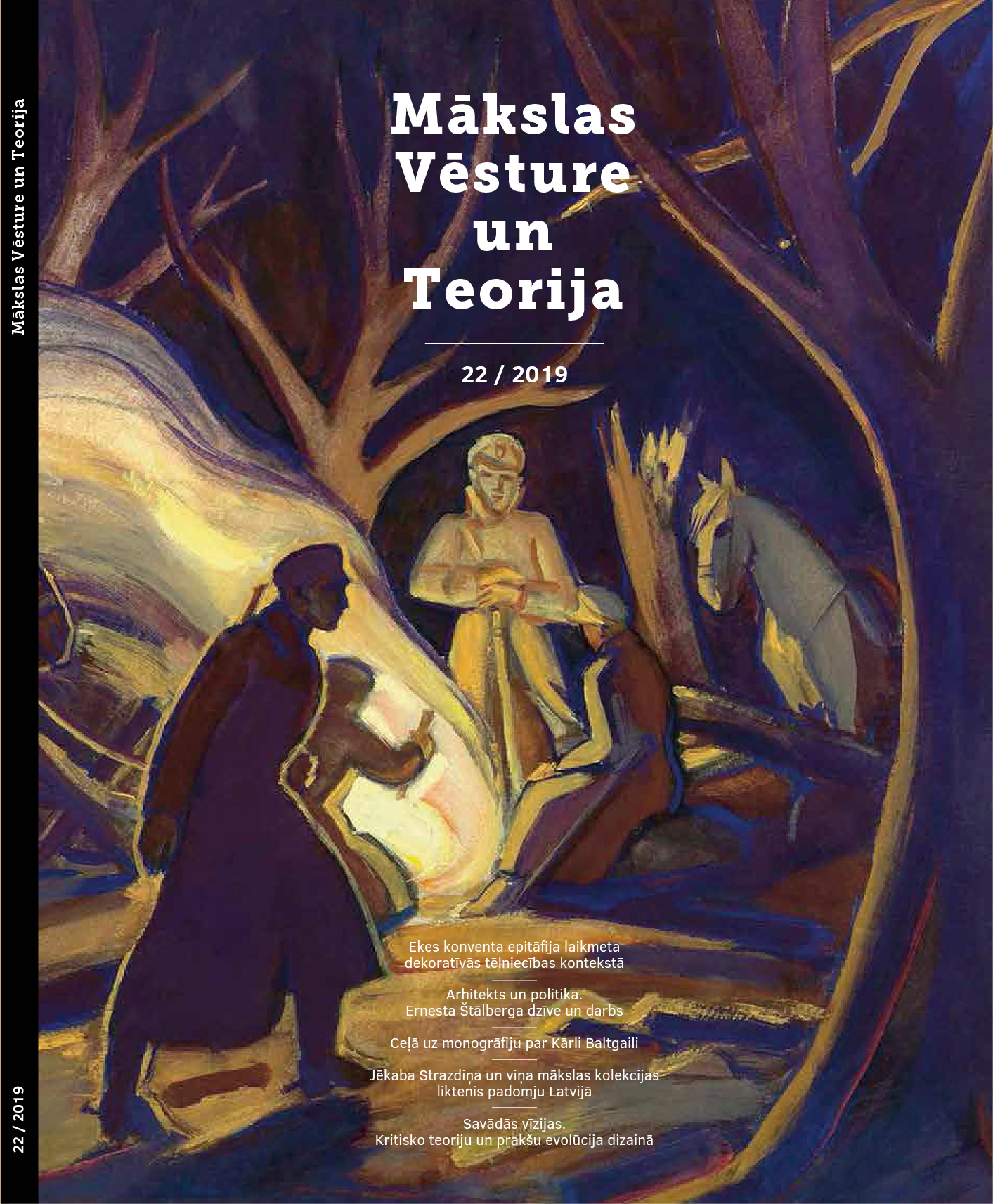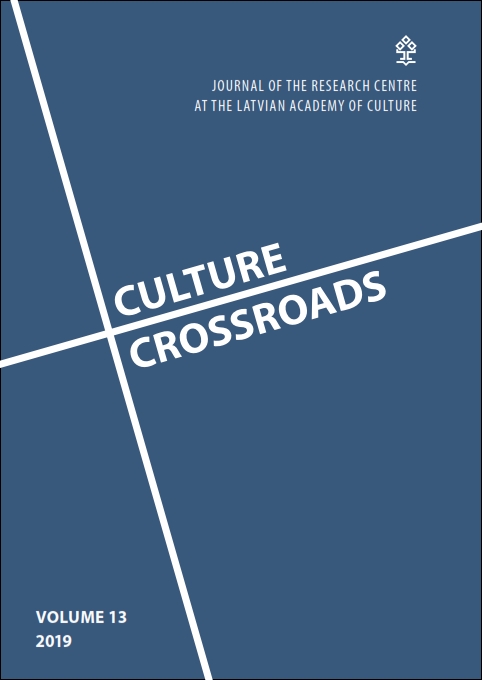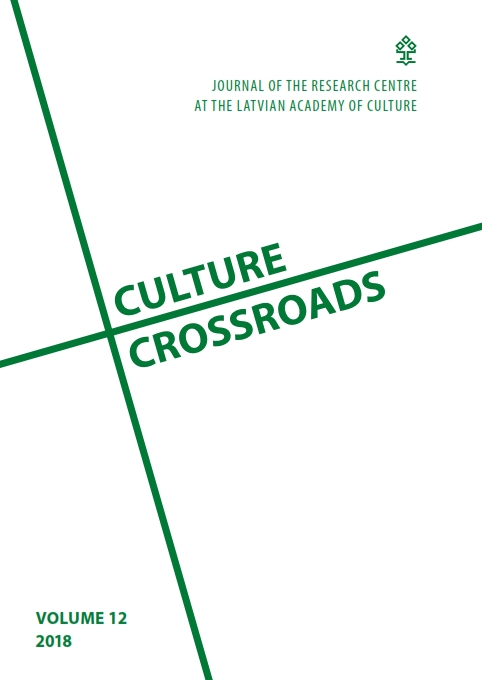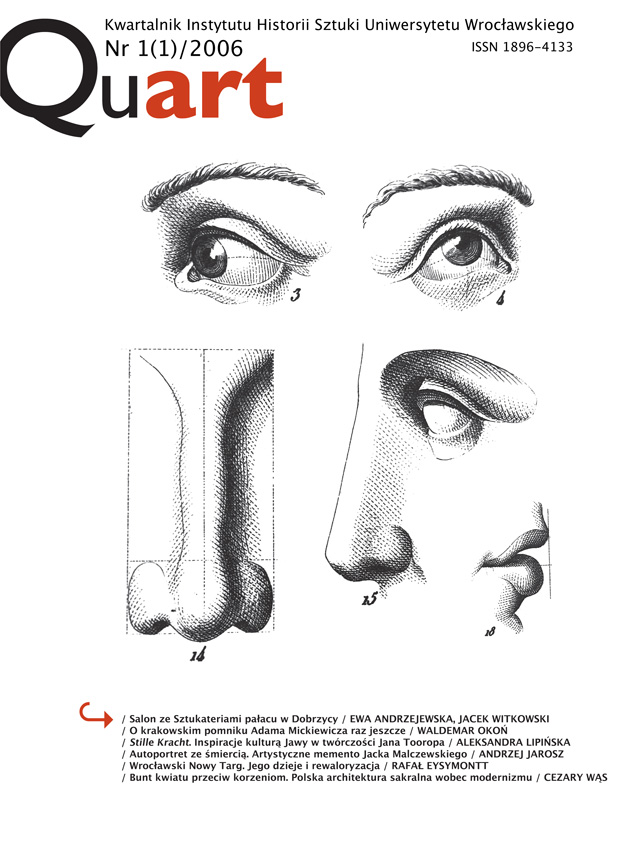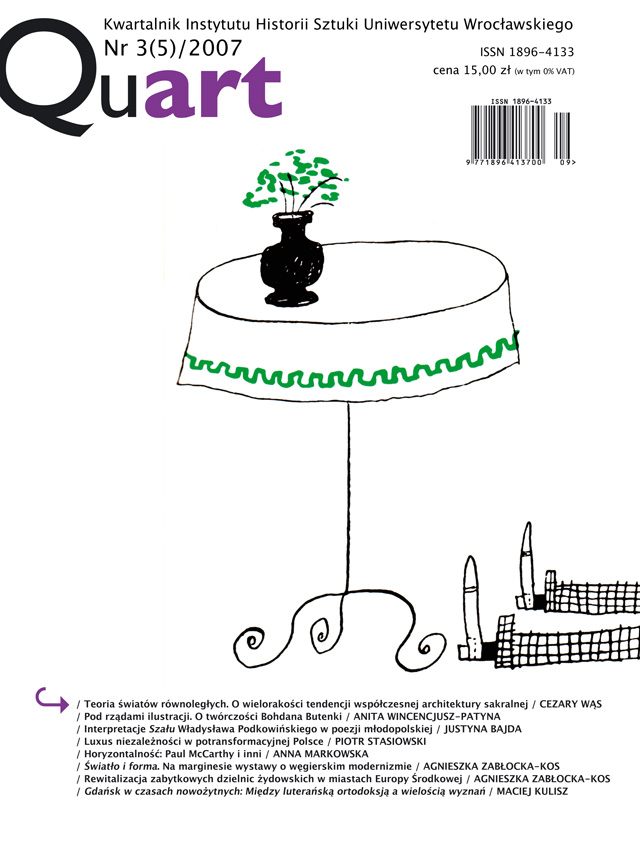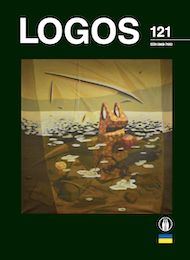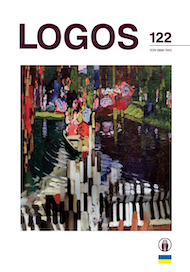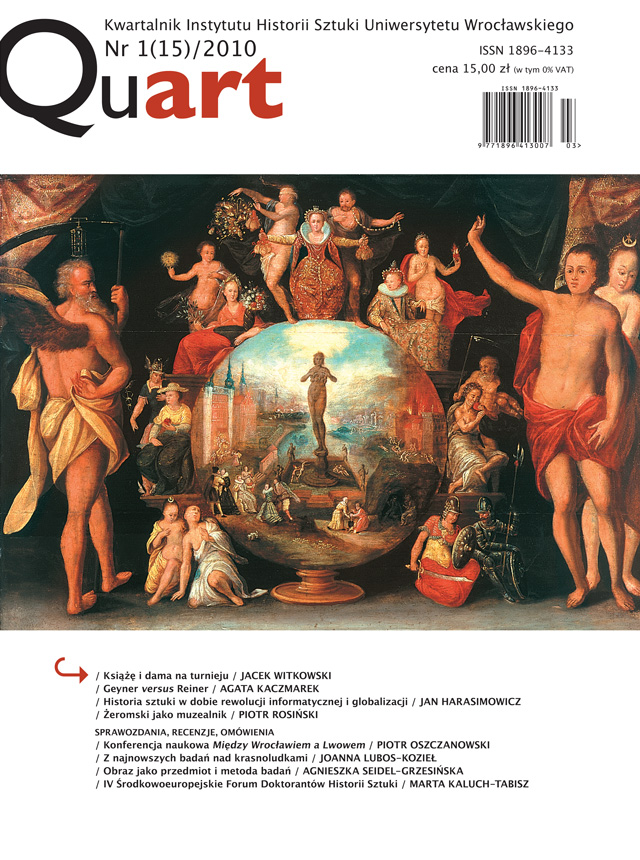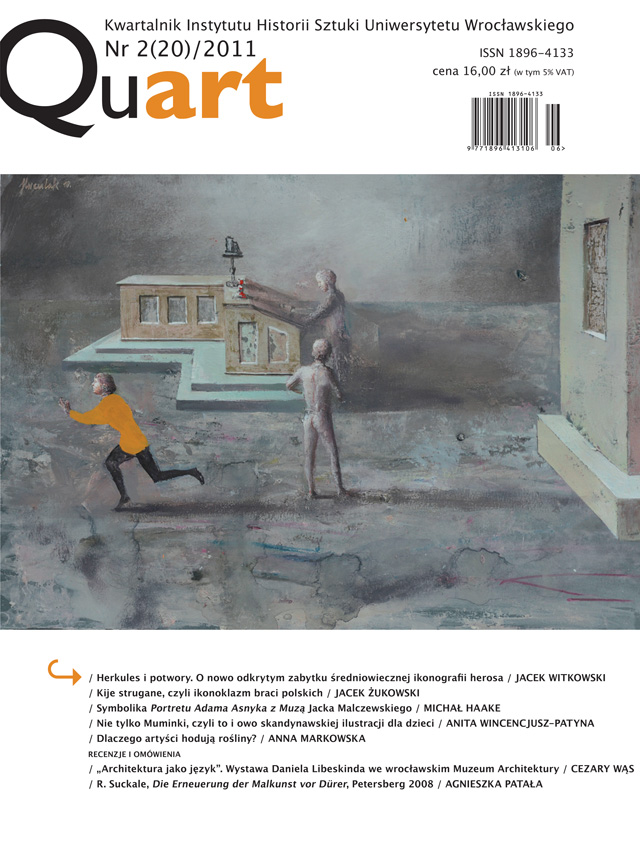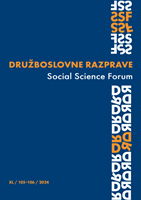Author(s): Anna Pūtele / Language(s): Latvian
Issue: 22/2019
Kārlis Baltgailis was born in Gatarta Manor on 15 (27) March 1893. When the family moved to Riga, his father began working in the port and little Kārlis, inspired by the stories he heard, once dreamed of becoming a seaman. Unfortunately, this was impossible because of his myopia and so he took up other occupations, including drawing. Baltgailis acquired more thorough art skills at Janis Rozentāls’ art studio (1906–1907) but at the Atis Ķeniņš Boys Realschule (1907–1911), he received a good education with many prominent Latvian cultural figures who became outstanding examples for Baltgailis to follow in his own pedagogical career. During his school years he also made friends with the artist Jēkabs Kazaks. After finishing the Realschule, Baltgailis moved to Russia where he attended Penza Secondary Art School (1911–1917). Some of the Riga City Art School students moved there too after the school was reorganised in 1915. With their arrival, a group of young Latvian artists emerged with Baltgailis among them; they tried to realise progressive modernist ideas in the rather conservative Penza. Having received a secondary school teaching certificate in drawing and art history, Baltgailis returned to Riga in May 1917 and volunteered for the 5th Zemgale Latvian Riflemen’s Regiment. As a soldier he ended up in Russia again where he stayed in Omsk but returned to Riga from Vladivostok with the Imanta Regiment in 1920. Back in his native land, Baltgailis joined Latvia’s artistic life gradually but his teaching work began quite soon. Since 1920, he taught drawing in Cēsis but in 1922, he became the teacher of drawing, art history and drawing methodology at Jelgava Teachers’ Institute where he taught until its closing in 1944. In 1925, Baltgailis co-founded the artists’ and writers’ society Zaļā Vārna (Green Crow, 1925–1939). Almost all of his 30 years work – sketches, paintings, drawings as well as materials gathered on various artists – was lost in the fire that ravaged Jelgava in 1944. In autumn the same year, he became the first teacher at the newly formed Cēsis Teachers’ Institute. In 1945, Baltgailis was admitted to the Latvian SSR Artists’ Union but in 1946, he began working at the drawing studio of Cēsis House of Culture (1946–1956). In 1950, Baltgalis was dismissed from his teacher’s job at Cēsis Teachers’ Institute and expelled from the Artists’ Union as a result of Soviet repressions. In 1958, he was readmitted to the Artists’ Union. Kārlis Baltgailis died in Cēsis on 15 February 1979. Baltgailis belongs to the generation of Latvian artists born in the 1890s, witnessing a new turn in Latvian painting towards modernist creativity. As the most direct follower of the ideas of Jāzeps Grosvalds and Jēkabs Kazaks, he became the only artist who consistently pursued the iconographic and stylistic line of early modernism over his entire creative career. When Grosvalds and Kazaks had both passed away, Baltgailis became a unique phenomenon, especially in battle painting, making the war theme the focus of his art. He arranged his oil, tempera and watercolour works in several series, the main ones being related to three historical battlefields – “Ložmetējkalns” (Machine Gun Hill), “Nāves sala” (The Isle of Death) and “By the River Mazā Jugla”. When the destruction of war was still in the near future, Baltgailis probably encountered Grosvalds’ works for the first time at some exhibition of Latvian artists’ works in Riga. Unlike Grosvalds, Baltgailis probably did not work in the battlefield. The first interpretations of war themes emerged later around 1918 when Baltgailis was in Omsk. The end of his military service is depicted in the riflemen’s magazine Kaija (Seagull, 1920) with drawings telling about the trip from Vladivostok to Latvia together with the Imanta White Latvian Riflemen’s Regiment. While back in Latvia, Baltgailis began to interpret the themes of riflemen in more elaborated oil, tempera and watercolour compositions. The artist’s individual style was yet in the making but it was already clear that the image of the rifleman would occupy a significant place in his art. The 1920s and early 1930s was the period with the most pronounced Expressionist tendencies in Baltgailis’ art, which could be seen in the work of other modernists too. This was also his most prolific period when his maturity and professionalism became evident and his form and style – established. In this period, his most acclaimed works on the theme of riflemen emerged – “The Isle of Death” (1933, LNMA) and “Spring in Tīreļpurvs” (1934, LNMA). In the period of Socialist Realism when the theme and style were determined by Soviet ideology, Baltgailis continued to paint – he created new works or restored the lost ones from memory. With the Khrushchev “thaw”, riflemen scenes by modernist artists were used as iconographic and stylistic sources of Latvian “Red” Riflemen. It is hard to establish the role of Baltgailis’ examples but there are certain similarities to other artists’ works on the riflemen subject in the Soviet period. Most comparable are the exiled artist Juris Soikans’ tempera paintings. In the early 1950s, Baltgailis increasingly took up religious compositions too. Unfortunately, in most cases only black and white photographs have survived of these works, allowing us to assess just the compositional solution. Baltgailis was not only an artist and pedagogue but also an organiser of public life and critic of major cultural processes. In the late 1920s, Baltgailis together with other enthusiasts of Jelgava’s cultural life began work to found the Zemgale Museum. Throughout his life, Baltgailis gathered and systematised materials on numerous artists. From a small card index, it gradually grew into a voluminous archive, now held by the specialists of the Latvian National Library. The archive contains a wealth of information on both known and more marginal artists. Further studies of Kārlis Baltgailis’ life and art can broaden the understanding of artistic and cultural developments, personalities and their relationships in significant and complex periods of Latvia’s history, paying especial attention to the processes outside Riga in Jelgava and Cēsis.
More...
